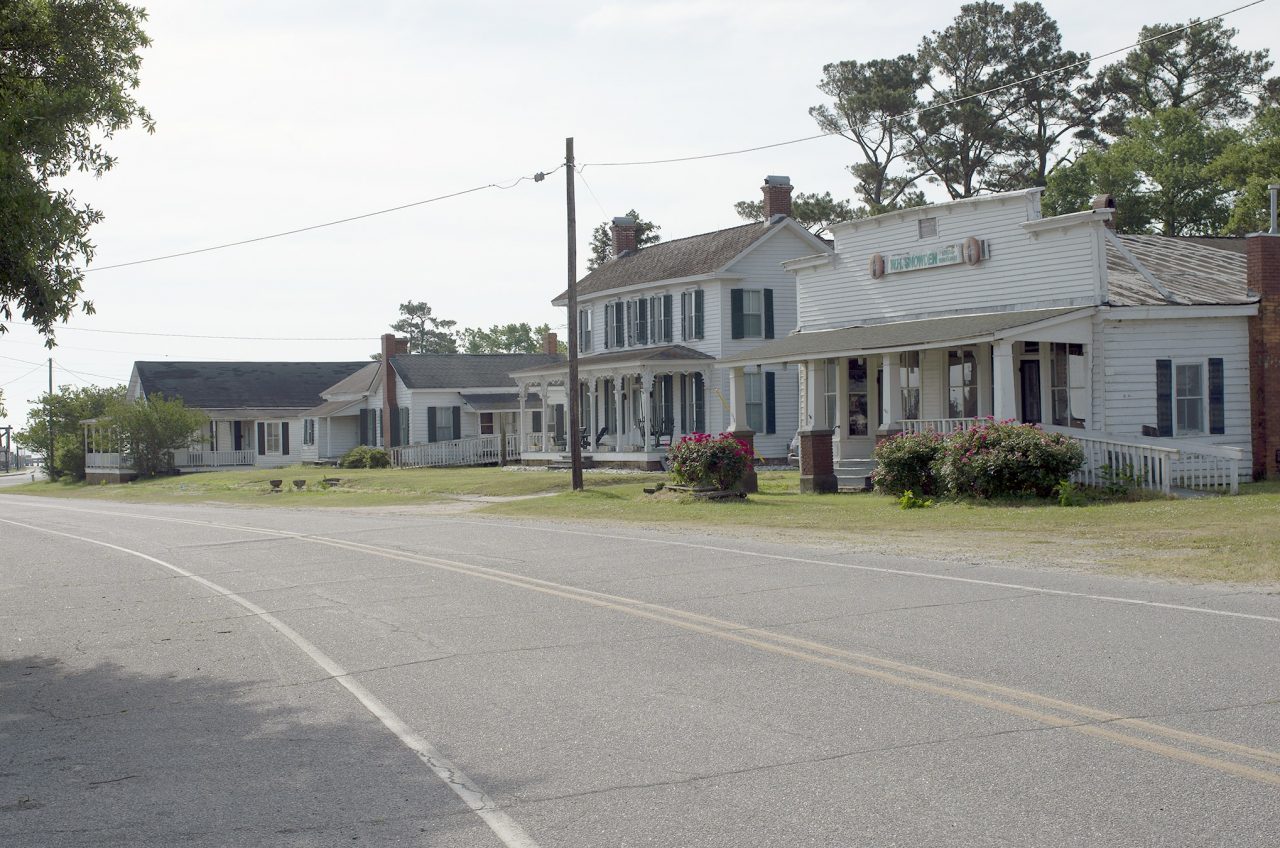
Currituck County and Elizabeth City are each home to one of the 13 new sites across the state now listed on the National Register of Historic Places.
The North Carolina Department of Natural and Cultural Resources announced this week that the National Register had added the sites in recent months. Three historic districts and eight individual properties were added. One previously listed historic district received additional historical documentation and a boundary adjustment, and another previously listed historic district was enlarged.
Supporter Spotlight
The National Register of Historic Places is the nation’s official list of buildings, structures, objects, sites, and districts worthy of preservation for their significance in American history, architecture, archaeology and culture.
“Congratulations to the communities where properties and districts were added to the National Register of Historic Places,” said Department of Natural and Cultural Resources Secretary Reid Wilson. “Preservation of these places helps maintain community character, strengthen connections to our diverse shared history, and contribute to local economic development.”
The Wilson Walker House and Walker-Snowden Store in Currituck County and the Elizabeth City Industrial Historic District in Pasquotank County, were both listed in April in the Historic Register.
The 1876 Wilson Walker House and 1895 Walker-Snowden Store are on the south side of Courthouse Road, directly across from the Currituck County Courthouse. The house replaced an earlier 1850 house on the site and several outbuildings on the property were built around the time of the earlier house but remain on the parcel and are contributing resources, officials said. The store is a single-story, frame structure with a false front parapet hiding a front gable roof. A small grouping of outbuildings including the 1850 Walker Cottage, 1852 kitchen, 1859 smokehouse, 1950 shed and 1920 office are located to the rear, south and west of the house and store. To the far south of the parcel is a small family cemetery. The property is about 4.07 acres.
The Elizabeth City Industrial Historic District is just north of the commercial core of Elizabeth City, on the waterfront of the west bank of the Pasquotank River, and is significant as the only remaining concentration of early- to mid-20th century industrial buildings in the city, which historically had a significant industrial presence in the region, officials said.
Supporter Spotlight
Although Elizabeth City was once a center of industry for northeastern North Carolina, little remains of its former industrial landscape. The city’s early industrial development was fueled by the completion of the Dismal Swamp Canal in 1805, with its peak after the arrival in 1881 of the Elizabeth City and Norfolk Railroad, now operated by the Chesapeake and Albemarle Railroad. The period of significance for the historic district begins in 1896 with the construction of the oldest extant building within the Elizabeth City Iron Works and Supply Co. Inc., complex, and extends to 1965, by which time the remaining extant above-ground resources within the historic district had been built.
The listing of a property in the National Register places no obligation or restriction on a private owner using private resources to maintain or alter the property. As of Jan. 1, more than 4,036 historic rehabilitation projects with an estimated private investment of over $3.22 billion have been completed.
The North Carolina National Register Advisory Committee reviewed the properties that were then nominated by the North Carolina State Historic Preservation Officer and forwarded to the Keeper of the National Register for consideration for listing in the National Register, which is maintained by the National Park Service.
Over the years, various federal and state incentives have been introduced to assist private preservation initiatives, including tax credits for the rehabilitation of National Register properties.
Other historic places added include the following:
- Samuel Warren Branch House, Enfield vicinity, Halifax County.
- Kinston Commercial Historic District (Additional Documentation, boundary adjustment, Kinston, Lenoir County.
- J.J. Jones High School, Mount Airy, Surry County.
- Mount Airy Historic District boundary adjustment, Mount Airy, Surry County.
- Taylor Park Historic District, Mount Airy, Surry County.
- Henry Fletcher and Carrie Allison Long House, Statesville, Iredell County.
- Edgar S. and Madge Temple House, Salisbury, Rowan County.
- Julius Clegg Hall House and Grounds, Albemarle, Stanly County.
- Frank Rickert Summers House, Kings Mountain, Cleveland County.
- Pigeon Street School, Waynesville, Haywood County.
- The Cotton Patch, Tryon, Polk County.







